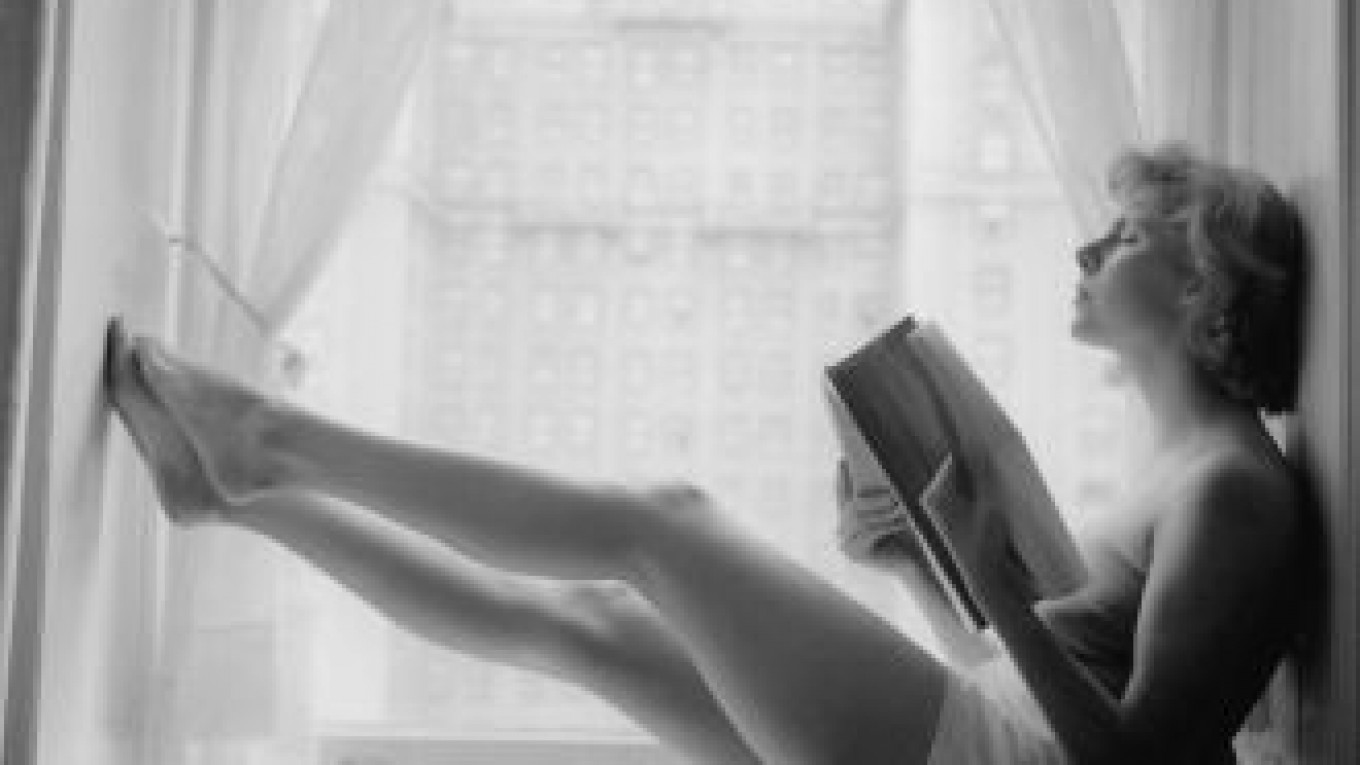See a different side of Stanley Kubrick, the reclusive film director of such classics as “The Shining” and “A Clockwork Orange,” at the Multimedia Art Museum in an exhibit of fascinating black-and-white photos from just after World War II.
Rainer Crone, an art historian who found thousands of Kubrick’s negatives in the Ohio Library of Congress and the Museum of the City of New York, was inspired to put together the show, “Stanley Kubrick: History in Photographs 1945-1950,” and even if you don’t know or care for Kubrick’s film work, the exhibit provides a front-seat look at postwar America.
“Each photograph is an artwork in its own right,” Crone said at the opening this month. The photos have been compared to the work of some of the greatest 20th-century photographers, such as Frenchman Henri Cartier-Bresson.
The museum is also holding special screenings and discussions of Kubrick’s films to accompany the exhibit.
All the work stems from the time when Kubrick worked as a staff photographer at Look magazine.
“The exhibit is so interesting because it shows a young talent from age 17 to 22,” Crone said. The photos show Kubrick’s already keen visual eye, whether capturing two child boxers in the ring or life behind the scenes at a circus.
Working for the magazine, Kubrick covered a wide range of subjects, and the names of some of the sections — “Etudes in the Subway” (1946), “A Tale of a Shoeshine Boy” (1947), “Intimate Scenes with Leonard Bernstein” and “Framing a Showgirl’s Daily Life” — provide a taste of what is on show.
Noticeably, the photos have a brightness that contrasts starkly with his often dark and troubled films, said the museum’s director, Olga Sviblova.
“Dames and Dogs in the Metropolitan City” (1949) is a series that exudes a playful tone with shots that seem more akin to the satiric than journalistic, while his sequence of “Mickey” (1947) opens up the world of a lower-class shoeshine boy in Manhattan’s Lower East Side.
Kubrick’s camera tells equally revealing stories with less supplicant subjects. In “Dailies of a Rising Star: Betsy von Furstenberg” (1950), Kubrick captures both the beauty and poise of the young socialite, while still hinting at the teenager’s insecurities.
Some can see a direct line between the photos and Kubrick’s later films especially in shots where he plays with comfort levels of both viewer and subject. His ability to capture a momentary triumph or the tribulations of his subjects leaves the viewer wondering sometimes about his role as the quiet voyeur.
“Stanley Kubrick: History in Photographs 1945-1950” runs till Jan. 29. Multimedia Art Museum, 17 Ulitsa Ostozhenka. Metro Kropotkinskaya.
A Message from The Moscow Times:
Dear readers,
We are facing unprecedented challenges. Russia's Prosecutor General's Office has designated The Moscow Times as an "undesirable" organization, criminalizing our work and putting our staff at risk of prosecution. This follows our earlier unjust labeling as a "foreign agent."
These actions are direct attempts to silence independent journalism in Russia. The authorities claim our work "discredits the decisions of the Russian leadership." We see things differently: we strive to provide accurate, unbiased reporting on Russia.
We, the journalists of The Moscow Times, refuse to be silenced. But to continue our work, we need your help.
Your support, no matter how small, makes a world of difference. If you can, please support us monthly starting from just $2. It's quick to set up, and every contribution makes a significant impact.
By supporting The Moscow Times, you're defending open, independent journalism in the face of repression. Thank you for standing with us.
Remind me later.






